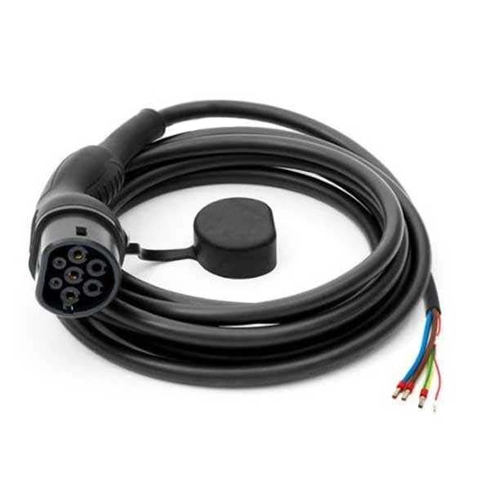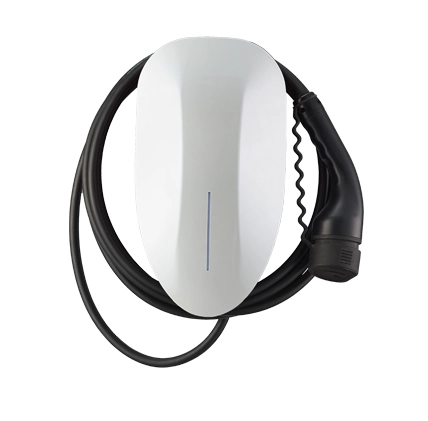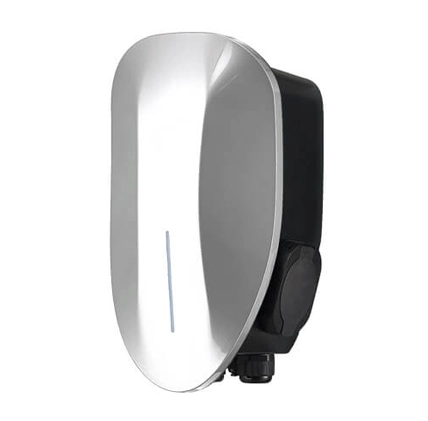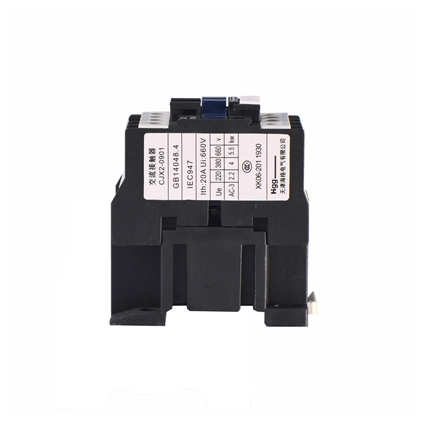Introduction
A Type 2 charging cable, also known as a Mennekes connector, plays a pivotal role in facilitating the charging of electric vehicles (EVs) at various locations, including homes, public charging stations, and workplaces. With its standardized approach to EV charging, primarily prevalent in Europe but increasingly adopted globally, the Type 2 connector ensures compatibility and safety while offering flexibility in charging capabilities.
What is a Type 2 charging cable
A Type 2 charging cable, also known as a Mennekes connector, is a crucial component in the electric vehicle (EV) ecosystem, facilitating the charging of EVs at home, in public charging stations, and at workplaces. It represents a standardized approach to electric vehicle charging, primarily prevalent in Europe and increasingly adopted in other regions globally.
Physical Characteristics
The Type 2 charging cable comprises a plug and socket system. The plug, typically attached to the charging station, connects to the socket on the electric vehicle.
It features a robust, ergonomic design, ensuring safety, durability, and ease of use. The connector is usually made of high-quality materials, resistant to weather conditions and mechanical stress.
Connector Specifications
Type 2 connectors typically incorporate multiple pins for various functions, including power delivery, data exchange, and safety features.
The pins are arranged in a standardized configuration, ensuring compatibility between different EV models and charging stations.
They often include additional features such as proximity detection to prevent accidental disconnection while charging.

Charging Capabilities
Type 2 charging cables, such as 11kw type 2 charger cables,primarily facilitate Alternating Current (AC) charging, offering flexibility in charging speeds and power levels.
They support both slow and fast charging, with charging speeds ranging from a few kilowatts to over 20 kW, depending on the capabilities of the charging station and the EV's onboard charger.
Type 2 connectors are compatible with single-phase and three-phase AC power systems, accommodating various charging infrastructures and grid configurations.
Safety and Communication
Type 2 cables, like type 2 tethered charging cable, incorporate safety features such as ground connections and insulation monitoring to ensure safe charging operations.
They enable communication between the EV and the charging station, facilitating functions such as power negotiation, status monitoring, and error reporting.
This communication capability enhances user experience and ensures efficient and safe charging sessions.
Type 1 Vs Type 2 Charging Cable
Comparing H2 fuel cell vehicles (FCVs) with Type 1 and Type 2 charging cables might not be directly applicable, as H2 FCVs utilize hydrogen fueling infrastructure rather than electric charging infrastructure. However, if we assume you meant comparing Type 1 and Type 2 electric vehicle (EV) charging cables, I can provide a comparison based on the specified criteria:
Connector Design
Type 1: Features a single-phase connector with five pins. It is prevalent in North America and some parts of Asia. The connector is relatively simple in design, with fewer pins compared to Type 2.
Type 2: Utilizes a more complex connector design, known as the Mennekes connector, with multiple pins for power delivery, communication, and safety functions. It is widely used in Europe and increasingly adopted globally. The Type 2 connector provides greater versatility and functionality compared to Type 1.
Charging Speed and Power
Type 1: Primarily supports single-phase AC charging, typically up to 7 kW, though some advanced systems can handle higher power levels. Charging speeds may vary depending on the capabilities of the vehicle's onboard charger and the charging station.
Type 2: Supports both single-phase and three-phase AC charging, offering greater flexibility in charging speeds and power levels. Charging speeds can range from 3.7 kW to 22 kW or higher, depending on infrastructure and EV capabilities. Type 2 connectors generally allow for faster charging compared to Type 1.
Regional Compatibility
Type 1: Predominantly used in North America and certain Asian markets. It is the standard charging connector for many electric vehicles designed for these regions.
Type 2: Widely adopted in Europe and increasingly used globally. Many electric vehicles designed for the European market come equipped with Type 2 ports. Type 2 connectors offer better compatibility with charging infrastructure in regions transitioning toward harmonized standards.
Future Trends
Type 1: While still prevalent in specific regions, Type 1 connectors may face challenges with interoperability in global contexts due to regional variations. Future trends for Type 1 may involve enhancements to support higher charging speeds and interoperability with emerging charging technologies.
Type 2: Continues to evolve with advancements in charging infrastructure and electric vehicle technology. Future trends for Type 2 may include the integration of smart charging features, bidirectional power flow capabilities, and standardization efforts to promote interoperability on a global scale.
Conclusion
As electric vehicle adoption continues to rise worldwide, Type 2 charging cables are poised to play a crucial role in shaping the future of sustainable transportation. With their robust design, standardized specifications, and support for diverse charging infrastructures, Type 2 connectors are well-positioned to meet the evolving needs of EV owners and charging infrastructure stakeholders. As advancements in technology and standardization efforts progress, Type 2 charging cables are expected to further enhance interoperability, charging speeds, and safety features, contributing to the widespread adoption of electric mobility on a global scale.





